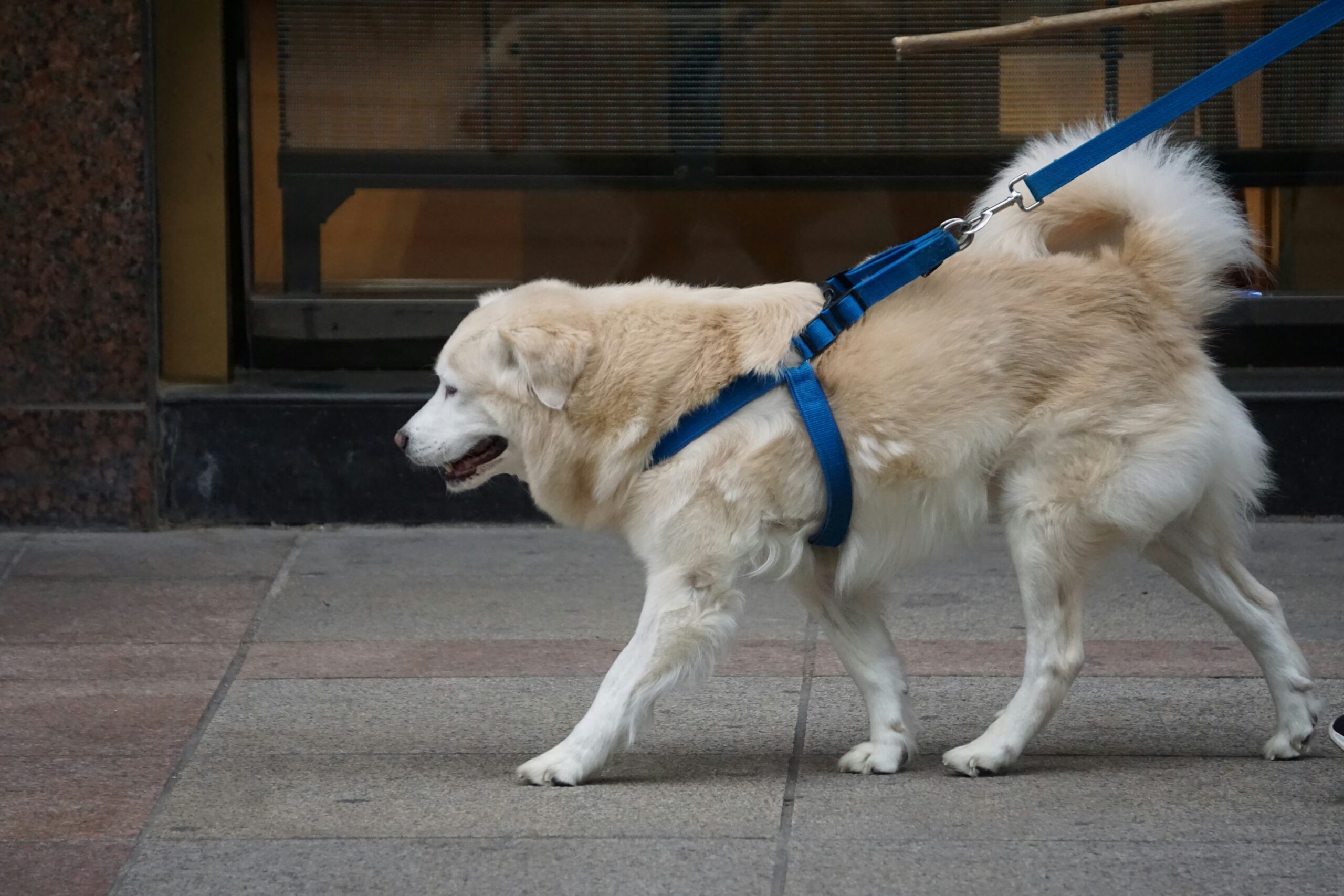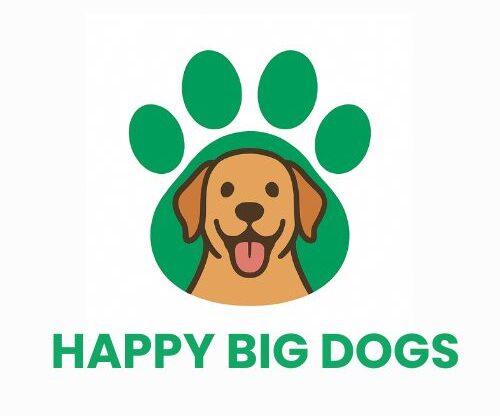Safe & Seen: Top Harnesses and Visibility Tools

Large-breed dogs aren’t just big — they demand gear that’s tough, safe, and built to last. A harness that fits poorly or safety gear you can’t see will do more harm than good.
What to Look For in Harnesses & Safety Gear
When choosing a harness or safety tool for a large-breed dog, it’s important to focus on durability, comfort, and control. Look for gear made with strong materials and hardware, such as thick nylon, reinforced stitching, and sturdy metal D-rings that can handle your dog’s strength.
A proper fit is also essential—choose harnesses with multiple points of adjustment around the chest and girth to ensure a secure and comfortable fit. Comfort should never be overlooked; padded straps help prevent chafing or rubbing, especially during long walks or active play.
Safety features are another key factor—reflective strips, high-visibility colors, and LED lights make it easier for drivers and pedestrians to see your dog in low light. Finally, ease of use matters, so opt for designs that are simple to put on and take off, with quick-release buckles and sturdy handles that offer extra control when you need it. Training and walking experts often emphasize using no-pull or front-clip harnesses to help manage large dogs safely without choking their necks.
Top Harness & Safety Gear Picks for Large Dogs
Here are some solid options (and styles) — each one suited to large dogs with strength and safety in mind:
- Julius‑K9 IDC Powerharness – Widely praised for durability, strong buckles, and a handle on the back. Many owners of big, strong breeds trust it for everyday walking.
- PetSafe Easy Walk Harness – A classic front-clip design to reduce pulling. Good option for controlled walking without tugging on the neck.
- BARKBAY No Pull Dog Harness – Lightweight, breathable, and with reflectivity, well suited for long walks even in warmer weather.
- OneTigris Versatile Full‑Metal Buckle Harness – Built for high demand — full metal buckles, multiple attachment points, rugged design.
- EzyDog Quick Fit Harness – Easy to slip on/off, adjustable, and robust — good for daily walks in big dogs.
How to Stay Seen and Protected at Night and in Rainy Conditions:
- Recharable LED Dog Collar — Even if your harness is solid, a bright collar or clip-on LED light enhances safety during dusk or night walks.
- HDE Dog Raincoat — A reflective, adjustable hooded coat with leash hole and integrated visibility strips so your dog is seen from all angles.
Tips for Choosing, Fitting & Using Harnesses Safely
- Measure before buying — Use a cloth tape measure around the widest part of the chest, and around the neck, then use sizing guides.
- Fit test with two fingers — You should be able to slip two fingers under straps; too tight can chafe, too loose can slip.
- Use front-clip for pulling — If your dog tends to lunge, a front-clip or dual-clip harness helps you apply gentle redirection without pressure on the throat.
- Add a visibility layer — If your harness lacks reflective parts, pair it with a LED collar or light attachment.
- Check regularly — Verify all buckles, straps and stitching periodically, especially when your dog is active daily.
No single harness or safety tool fits every large dog perfectly. What matters is strength, comfort, adjustability, and visibility. Start by evaluating your pup’s walking style, then pick gear that gives you both confidence and peace of mind.
Some links help to support our site at no extra cost to you. Thanks for helping us share more pet love! ❤️
